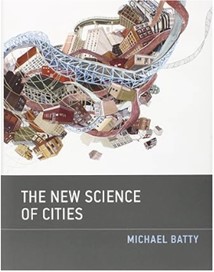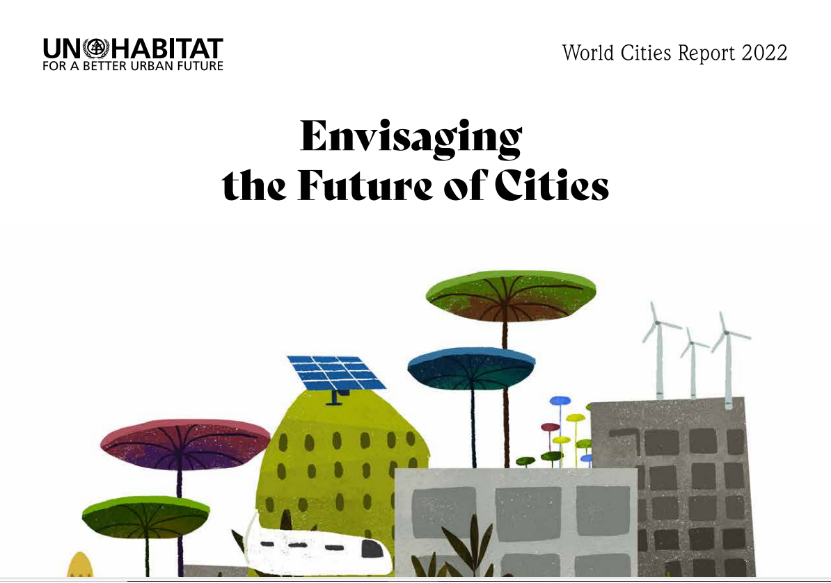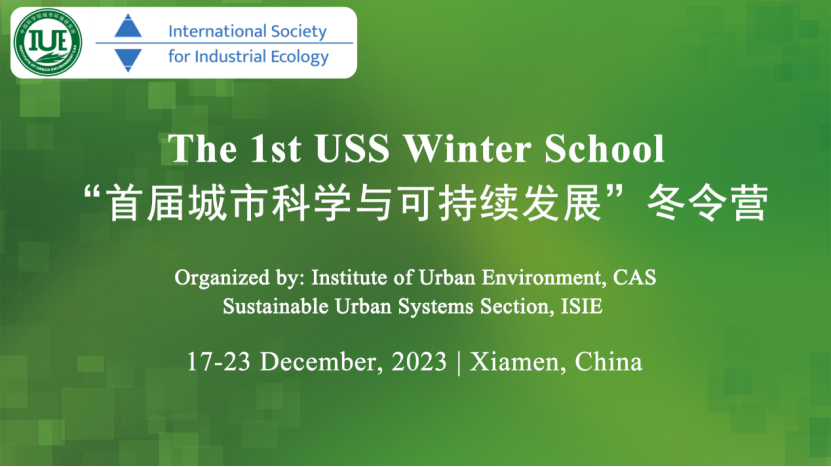Review of The New Science of Cities
Yu Nie
Michael Batty is Bartlett Professor of Planning at University College London, where he is Chairman of the Centre for Advanced Spatial Analysis (CASA) and Visiting Distinguished Professor at Arizona State University. He is the coauthor of Fractal Cities: A Geometry of Form and Function and the author of Cities and Complexity: Understanding Cities with Cellular Automata, Agent-Based Models, and Fractals.
In The New Science of Cities, Michael Batty suggests that to understand cities we must view them not simply as places in space but as systems of networks and flows. To understand space, he argues, we must understand flows, and to understand flows, we must understand networks the relations between objects that compose the system of the city. Drawing on the complexity sciences, social physics, urban economics, transportation theory, regional science, and urban geography, and building on his own previous work, Batty introduces theories and methods that reveal the deep structure of how cities function.
This book is divided into three parts. The first part focuses on the fundamentals and premises. The author begins by introducing the basic concepts, research scope, and importance of urban science. He then analyzes the interactions within and between cities, explores the application of gravity models in urban spatial layout, and discusses how potential energy theory explains the dynamic mechanisms of urban development. Lastly, he delves into the application of network science in urban research, introducing the basic concepts, construction methods, and analysis techniques of networks, and discussing how networks reveal the inherent structure and operational laws of urban systems. The second part is about the science of cities, which mainly introduces the dynamic mechanisms of urban growth, the laws of size distribution, and the hierarchical structure in urban systems. It introduces the application of theoretical tools such as the clock model in the study of urban growth, explores the relationship between the hierarchical structure and network structure in urban systems, analyzes how network structure affects the stability and dynamic changes of urban systems, introduces the application of space syntax theory in urban structural analysis, analyzes distance measurement methods in complex networks, introduces the application of fractal theory in urban form research, and presents the basic principles and application cases of urban simulation technology. The third part discusses the science of design, where the author explores the application of hierarchical design ideas in urban planning, introduces the application of stochastic process theories such as Markov chains in urban design, emphasizes the concept of urban design as a collective action, examines the urban development process from the perspective of exchange theory, and introduces the application of committee decision-making mechanisms in urban scheme design.
“The New Science of Cities,” authored by Michael Batty from University College London, is a magnum opus in the field of urban science. It not only redefines our understanding of cities but also provides a new perspective and methods for future urban research and design. With its profound insights and interdisciplinary breadth, this book leads readers into a new world of cities driven by networks, flows, and data.
Firstly, the core viewpoints presented in the book are refreshing. The author emphasizes that cities should not be simply viewed as places in space but should be understood as complex systems composed of networks and flows. This viewpoint radically overturns the traditional spatial understanding of cities, shifting our focus from static physical spaces to dynamic socioeconomic connections. Networks, as the connective ties between various urban elements, constitute the infrastructure for urban operations; while flows represent the intensity of connections between locations, reflecting the dynamism and vitality of urban activities. This theoretical framework provides a powerful tool for understanding the deep structure and operational mechanisms of cities.
In constructing the theoretical system of the new urban science, the author skillfully draws on research findings from multiple fields such as complexity science, social physics, urban economics, transportation theory, regional science, and urban geography. By integrating the essence of these disciplines, he proposes a series of theories and methods (such as hierarchy theory, space syntax, fractals, etc.) that reveal the deep structure of urban operations. These theories not only help us better understand the current state of cities but also provide a scientific basis for predicting future urban development trends. For example, the book’s deep exploration of issues such as urban growth, size distribution, and rank-size clocks, through extensive empirical research and data analysis, reveals the power-law characteristics of urban size distribution as well as the stability and regularity of changes in urban rankings. These findings not only enrich our understanding of urban growth mechanisms but also provide important references for urban planning and management.
Particularly noteworthy is the author’s forward-thinking and innovative outlook on the design and prospects of future cities in the book. He believes that with the continuous development of disruptive technologies such as big data and artificial intelligence, cities will face unprecedented changes. New data, new methods, and new technologies will provide unprecedented opportunities for urban research. At the same time, he also points out the challenges faced by future urban planners and designers, namely, how to create more livable, sustainable, and vibrant urban spaces driven by new technologies.
In reading “The New Science of Cities,” I deeply felt the author’s passion and dedication to urban research. This is a milestone work that provides us with new perspectives and methods for understanding cities and offers valuable insights for exploring the infinite possibilities of future cities.




